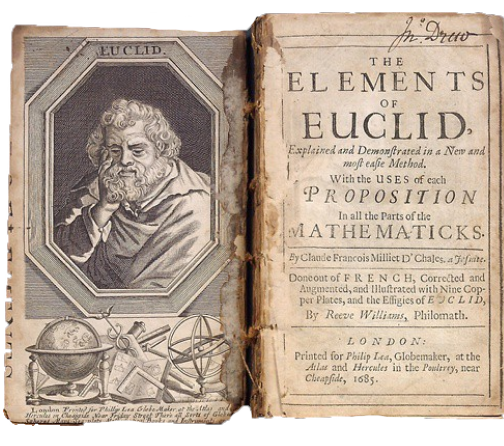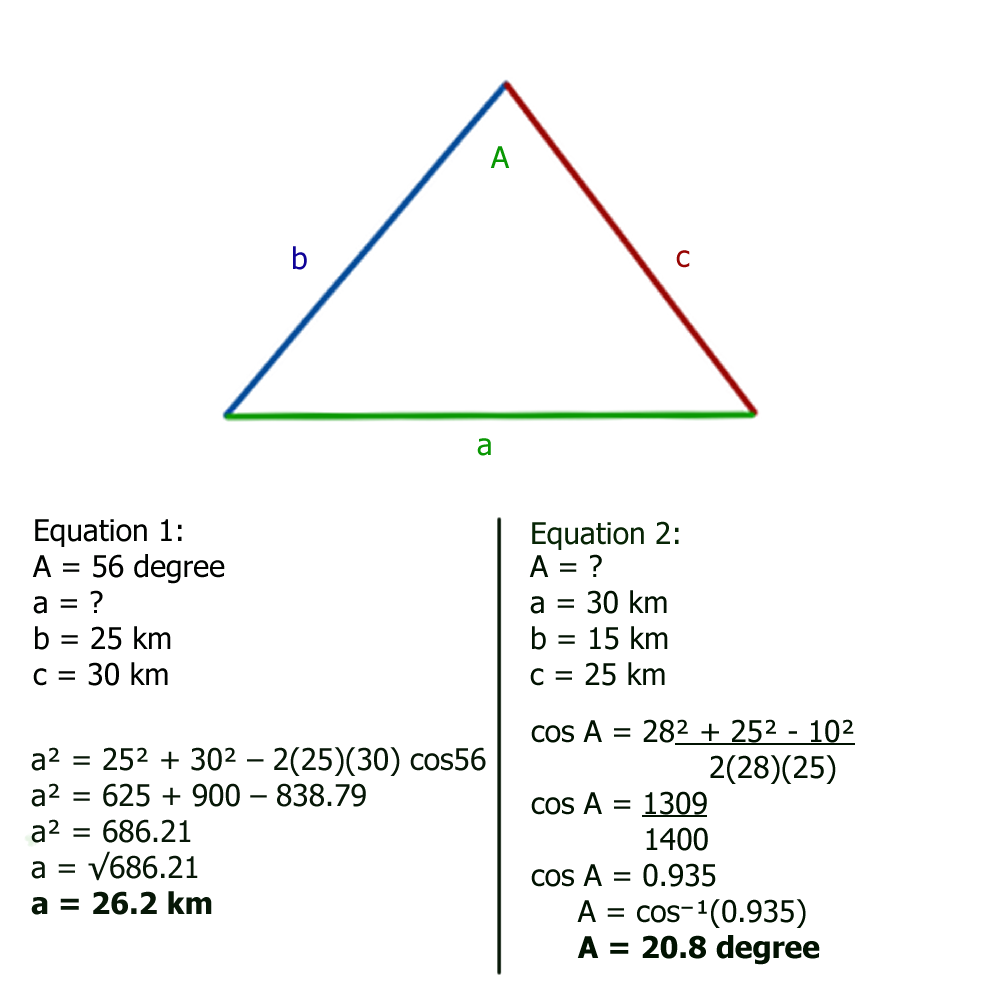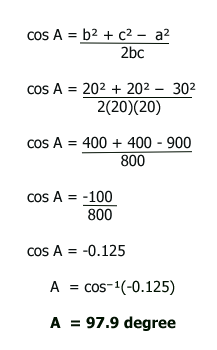
“The laws of nature are but the mathematical thoughts of God.”
- Euclid
Even though the cosine did not yet exist in his time, Euclid’s ‘Elements’, dating back to the 3rd century BC, contained an early geometric theorem equivalent to the law of cosines. In the 10th century, Persian astronomer and mathematician Al-Battani generalized Euclid’s result to spherical geometry, which permitted him to calculate the angular distances between stars. In the 15th century, Al-Kashi in Samarqand provided the first explicit statement of the law of cosines in a form suitable for triangulation.
 is used for finding angles
is used for finding angles


